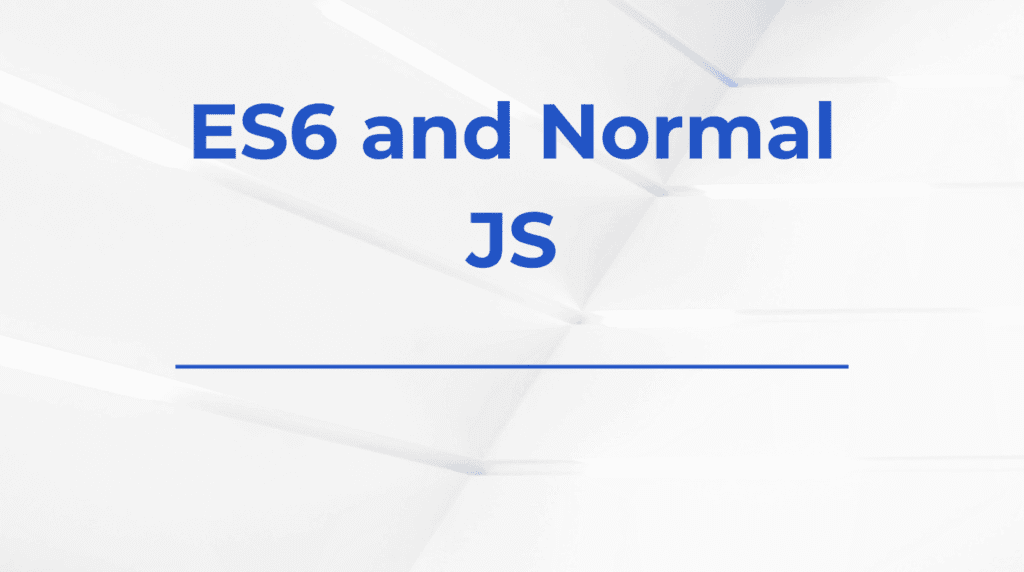When building forms or handling user actions in React, managing the state of those actions can quickly become messy. Developers often find themselves juggling multiple useState hooks or writing complex reducers just to manage what should happen when a user submits a form or triggers an action. This complexity grows when asynchronous operations—like server requests—come into play. That’s where useActionState offers a cleaner and more structured alternative for managing action-driven state updates.
Introduction to useActionState
useActionState is a relatively new React hook that simplifies the process of handling user interactions, particularly with forms. It allows asynchronous actions to be handled directly through form submissions, and it returns a state object based on the result of the action.
When I first encountered it, I was surprised by how much cleaner my code became. Instead of relying on multiple state variables and useEffect hooks to handle things like loading, error, or success messages, I could now centralize all of it in one place.
Why Traditional Approaches Become Difficult
Before using useActionState, I typically managed form submissions like this:
useStatefor form field valuesuseStatefor tracking loading stateuseStatefor error or success messages- A
submitHandlerfunction that called an API and updated those states
While this works, it leads to bloated components. With every new form field or feedback message, the number of states and conditions grows. This is especially painful in projects with multiple forms or complex business logic.
Key Concepts Behind useActionState
There are three main things that make useActionState different:
- Action-Driven State Updates
Instead of updating state manually, I define a function that returns the next state based on user action. - Automatic Integration with Forms
The action function connects directly to the form using theactionattribute, which keeps everything declarative. - Support for Asynchronous Operations
Since the function can beasync, it’s perfect for things like API calls, validations, and server-side checks.
Basic Syntax and Structure
Here’s the basic syntax:
const [state, actionFunction] = useActionState(
(prevState, formData) => {
// process the formData
return newState;
},
initialState
);
The hook returns two items:
state: an object that holds the current state after each actionactionFunction: a function that you assign to the form’sactionattribute
Real-World Example: Login Form
Let me walk through a basic example where I use useActionState to handle a login form.
import React, { useActionState } from 'react';
function LoginForm() {
const [formState, formAction] = useActionState(async (prevState, formData) => {
const email = formData.get('email');
const password = formData.get('password');
if (!email || !password) {
return { error: 'All fields are required.', success: null };
}
// Simulate an API request
await new Promise((resolve) => setTimeout(resolve, 1000));
if (email === 'admin@example.com' && password === '123456') {
return { success: 'Login successful!', error: null };
} else {
return { error: 'Invalid credentials.', success: null };
}
}, { error: null, success: null });
return (
<form action={formAction}>
<input type="email" name="email" placeholder="Email" />
<input type="password" name="password" placeholder="Password" />
<button type="submit">Login</button>
{formState.error && <p style={{ color: 'red' }}>{formState.error}</p>}
{formState.success && <p style={{ color: 'green' }}>{formState.success}</p>}
</form>
);
}
How State Management Works in This Example
In this example:
- The
formActionfunction handles the logic for form submission. - It checks if inputs are empty.
- It simulates a delay using a
setTimeout-like pattern to mimic an API call. - Based on the credentials, it returns either a success or error message.
- The returned object is stored in
formStateand used to update the UI.
This approach keeps the logic centralized and avoids scattering state updates across the component.
Practical Scenarios Where useActionState Is Helpful
Here are some scenarios where this hook shines:
- Authentication Forms – login, signup, reset password
- Contact Forms – collecting user feedback or support messages
- Async Form Validation – checking uniqueness of username/email from a server
- Multi-step Forms – handling each step as an action
In each of these, I found that useActionState simplified the logic and reduced clutter.
Benefits of Using useActionState
Here’s what I’ve personally experienced:
- Less Boilerplate: I no longer need to define multiple
useStatehooks to manage form results. - Asynchronous Friendly: It handles async functions seamlessly.
- Declarative Form Handling: Form logic lives where the form is defined.
- Improved Readability: I can look at a form and immediately understand what it does and how it behaves.
Limitations and Things to Keep in Mind
While I love the simplicity of useActionState, it’s important to be aware of a few things:
- Only Works with Forms: This hook is designed to work with form submissions using the
actionprop. - Needs React 18.2+: It’s not available in older React versions.
- Limited to Local State: It’s not a replacement for global state management tools like Redux or Zustand.
I use it specifically for managing local, action-based state—usually within a form—and not for application-wide state.
Comparison with Other Hooks
Here’s a quick comparison of how I view useActionState against other hooks:
| Hook | Best Use Case | Drawback |
|---|---|---|
useState | Simple value updates | Becomes messy with multiple states |
useReducer | Complex state transitions | Verbose and requires extra setup |
useActionState | Form-driven async actions | Only works with forms |
Each has its place, but for form submissions, useActionState often gives the cleanest result.
Conclusion
React’s useActionState is a powerful and elegant solution for handling form submissions and user actions. It eliminates much of the boilerplate associated with state management in forms, while also supporting async logic out of the box.
As someone who builds UIs regularly, I appreciate tools that simplify my workflow without sacrificing clarity. useActionState does just that. For beginners exploring form handling in React, this hook provides an ideal starting point for clean, declarative, and maintainable code.
If you’re tired of juggling multiple hooks just to manage form submissions, I highly recommend giving useActionState a try. Once you get comfortable with its flow, it can greatly improve your development experience.









